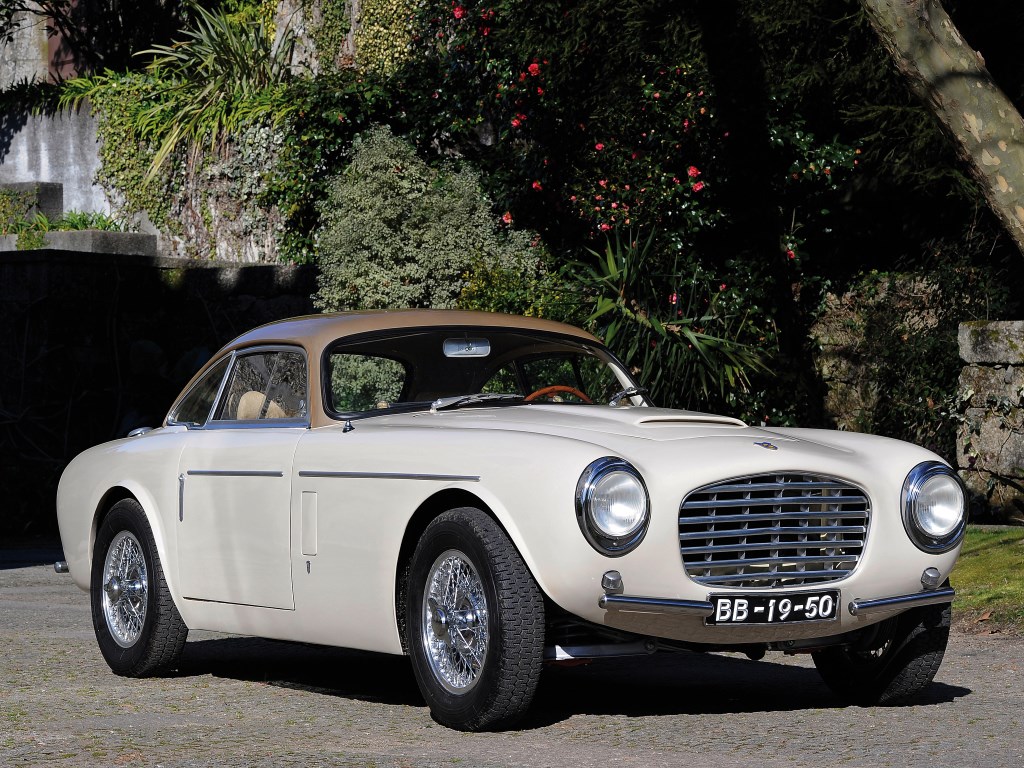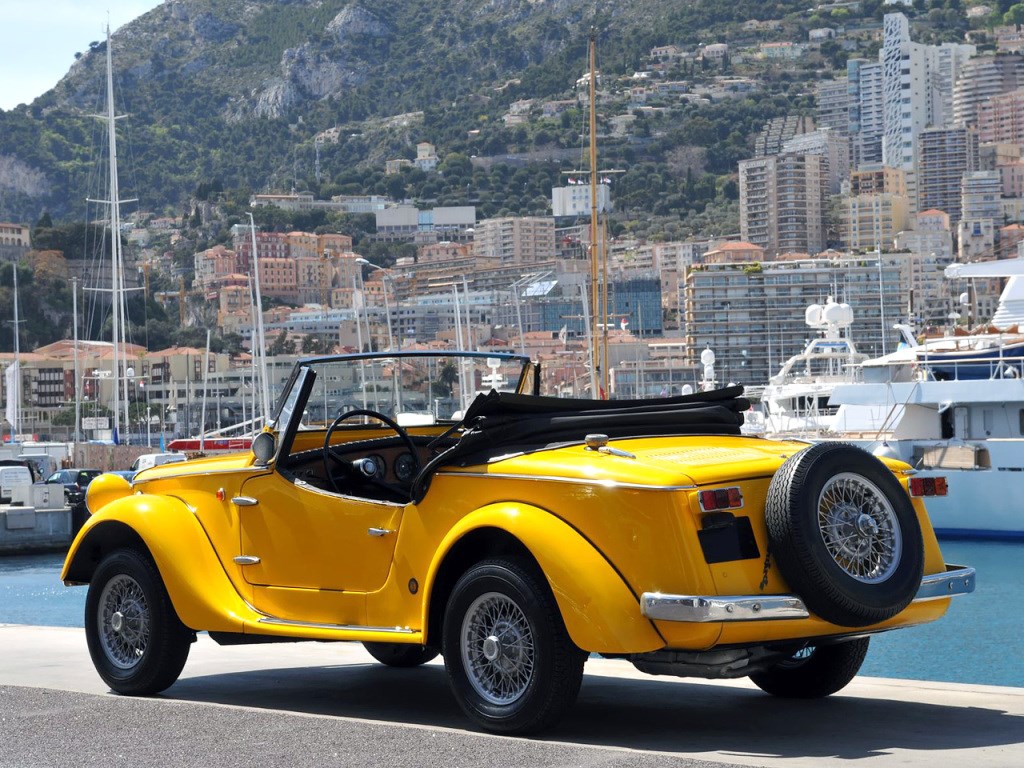
A specialist Fiat tuner, Siata produced some fascinating cars during the '50s and '60s.
These days, when we talk about high-performance Fiat cars, the name Abarth is the first name that comes to mind. However, the Italian tuner was not the first to take an interest in the Turin-based manufacturer's products.
In fact, Giorgio Ambrosini began developing special parts as early as 1926 with his company "Società Italiana Applicazioni Tecniche Auto-Aviatorie" (Italian Company for Automobile and Aviation Technical Applications), known under the name Siata. Its products, designed to boost the power of Fiat 522, Fiat 524, Fiat 514 and Fiat 508 Balilla engines, were a great success.
Incidentally, at the start of the Second World War, Siata, now managed by Renato Ambrosini, Giorgio's son, developed a small engine that could be fitted to any bicycle. Called the 'Cucciolo', this small 4-stroke unit was an instant success, to the point where the company soon found itself unable to effectively manage its production.
Siata turned to Ducati, which had an electromagnetic components factory, to manufacture it. Legend has it that the Cucciolo encouraged Ducati to turn to two-wheelers!

From Tuner To Manufacturer
At the end of the war, Siata continued to develop performance parts for Fiat, while at the same time starting to build complete cars with Turin powertrains. Now known as Societa Italiana Auto Trasfarmazioni Accessori, the company produced a convertible with Fiat Topolino powertrains called the Amica from 1948 to 1952, as well as the Daina based on the Fiat 1400 in 1950 and 1958.
At the time, Fiat wanted to produce a luxurious sports car. It was the famous engineer Dante Giacosa, father of the 500, who developed a 2-litre V8 made up of two 4-cylinder engines joined together. Although the power output was not staggering, at just over a 100bhp, the car that housed it was inspired by the most prestigious models of the time, and was offered without bodywork, leaving it up to the customer to have the chassis dressed.
Demonstrating its confidence in Siata, Fiat entrusted the company with the development of the tubular chassis of what would become the 8V.

Siata Grows Wings
This prestigious contract gave Ambrosini the opportunity to expand, and he asked Fiat for permission to buy some chassis and engine units. The result was the Siata 208 in 1952, a car weighing less than 1,000 kg whose V8 engine was increased to 140 bhp in top versions.
Although the 208 was presented for the first time as a coupé, it was the 208S model with an aluminium body made by Motto that attracted the interest of a clientele made up of lovers of exceptional cars.
Like the Fiat 8V, the Siata 208 could be purchased as a complete chassis to be finished. Unfortunately, the Fiat 8V was a commercial failure and the model was discontinued, leading to the end of the Siata 208, of which only 51 were produced.

Failed Retro Revival
Subsequently, Siata lowered its aspirations and built models on more mundane Fiat bases (Fiat 850, 1500 and 1600 and 1500 TS). These elegant cars, with their 4-cylinder engines, remained fairly rare, because their special bodywork resulted in a rather high sale price.
In the mid-1960s, the brand's French importer, André Chardonnet, suggested that Ambrosini develop a roadster with a retro look for a young, trendy clientele. The result was the Siata Spring, a vehicle with a folding windscreen and notched doors, based on the Fiat 850.
Intended to be relatively affordable, the Spring tried to differentiate itself with several styling oddities. The end result was a car that looked like a mishmash of incongruous concepts that didn't quite work. Between 1967 and 1970, only 3,500 cars were produced, never exceeding a rate of 13 vehicles a day.

The Final Gasps
Siata finally went bankrupt in 1970, but the rights to the Spring were bought by the Italian manufacturer ORSA, based in Cagliari, Sardinia.
As its name suggests, the Seat-ORSA 850 ER Spring Special was powered by an 850 engine produced by Seat after production of the Fiat block was discontinued.
Just a few hundred units were produced until 1975/1976, before this model disappeared for good.
























